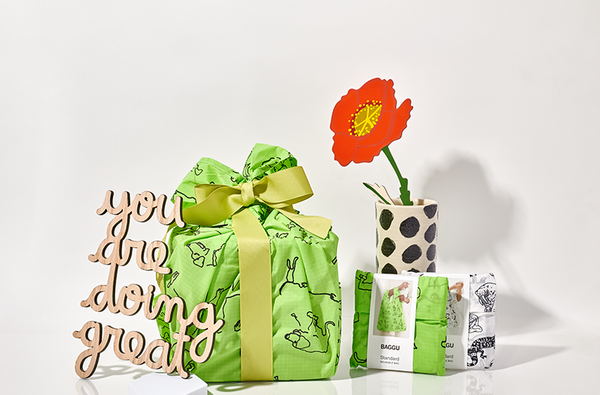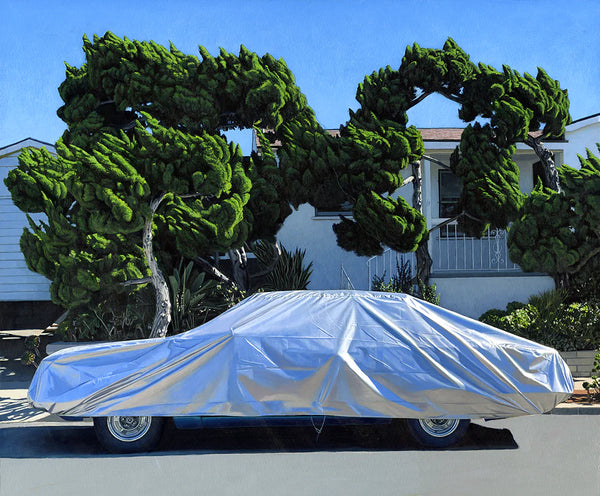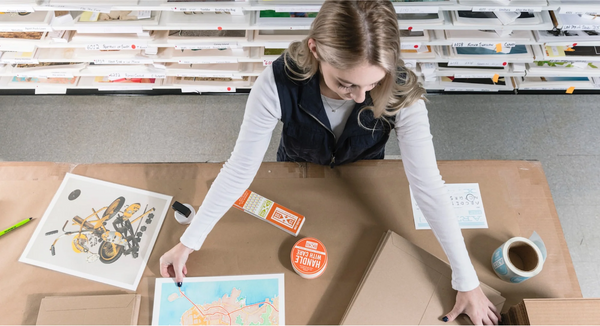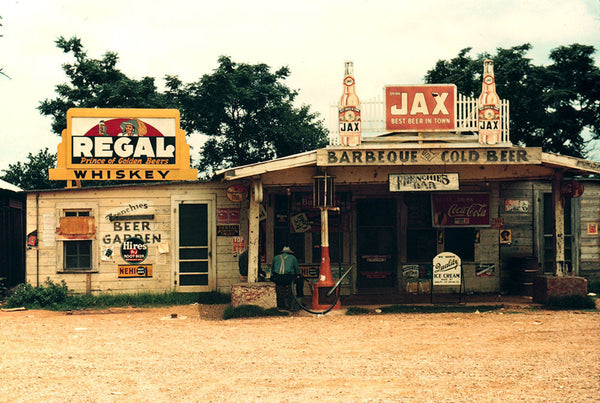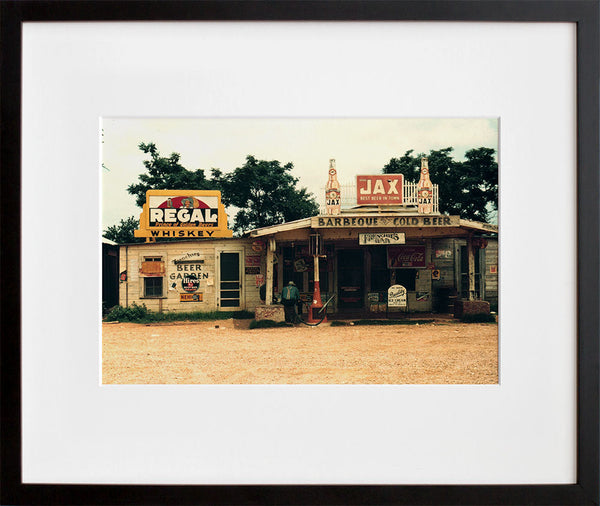This store requires javascript to be enabled for some features to work correctly.
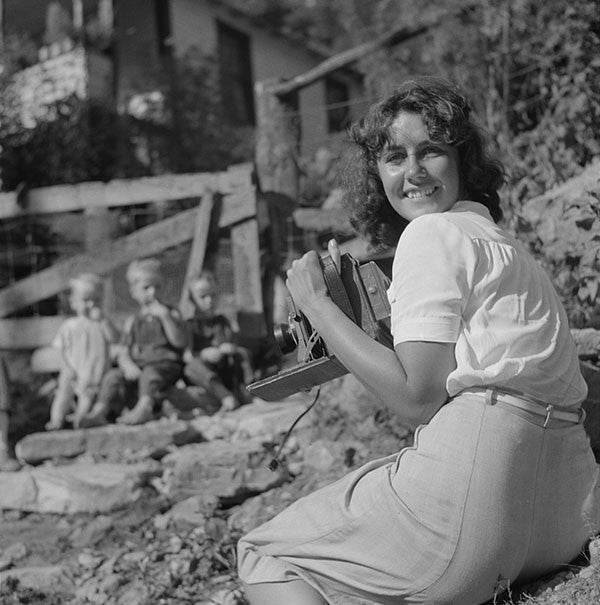
Marion Post Wolcott
Marion Post Wolcott is best known for the more than 9,000 photographs she produced for the Farm Security Administration (FSA) from 1938 to 1942. She was the first woman offered a full time FSA appointment. Born in Montclair, N.J. her mother, Marion "Nan" Hoyt Post, was an ardent activist for progressive causes working with Margaret Sanger the founder of Planned Parenthood.
Before Wolcott became a government photographer, she was at first a teacher. Moving to New York City in 1936 she then earned her living making photographs for magazines and newspapers. Initially she worked freelance, then as a staff photojournalist in 1937 and 1938, Wolcott broke gender barriers in the newspaper darkroom.
Then she worked for the Farm Security Administration. She covered thousands of miles of the United States with her camera to document and publicize the need for federal assistance to those hardest hit by the Great Depression and agricultural blight. Wolcott also contributed 120 color photographs to the FSA when Kodak provided early samples of Kodachrome film to the staff for experimentation.
Drawing on her social concerns and her artistic vision to illustrate issues that needed redress, Wolcott produced an extraordinary number of images and her occupation challenged many social morés about the propriety of young women living away from the family home and traveling on their own. Her artistry and perseverance have inspired many articles, books, and exhibitions.
- Library of Congress
Join our mailing list for 15% off
Sign up for our newsletter to get first access to new editions, catch the freshest commentary + features, and snag a special discount.

